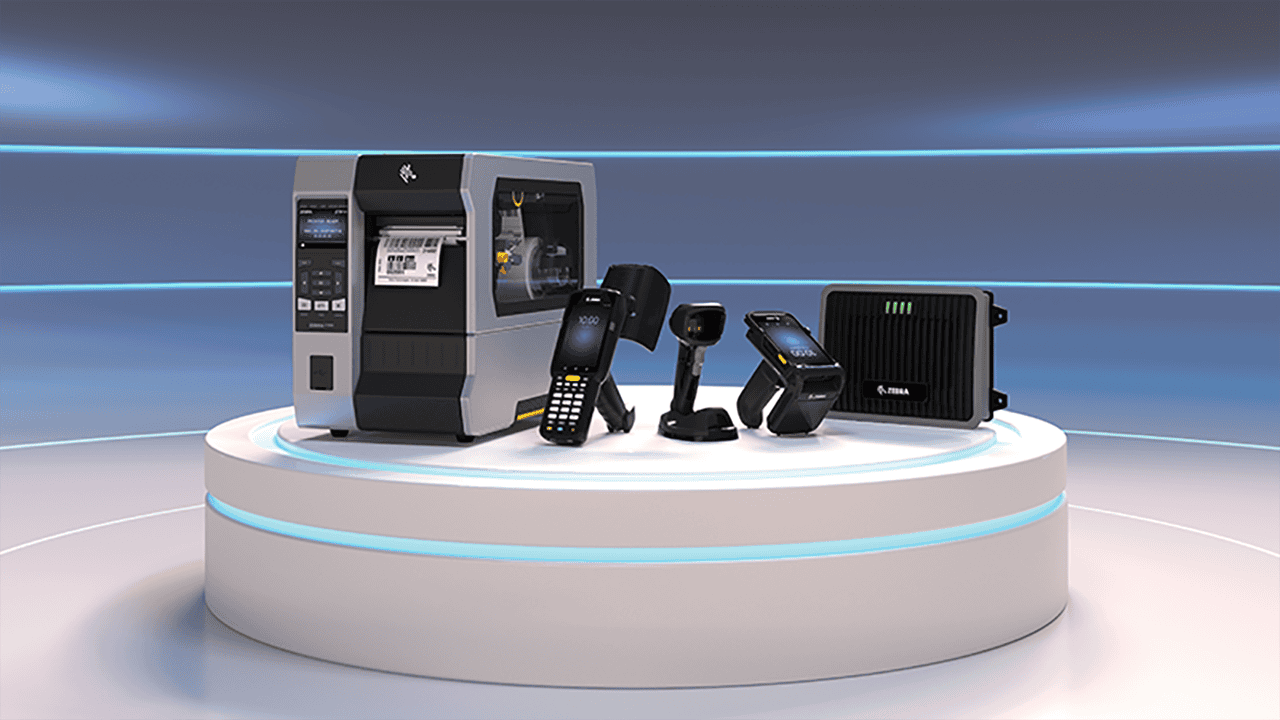Have you every purchased a coffee mug only to have the price tag label stick stubbornly to the bottom of the mug? Are you a retailer dealing with customers who swap price stickers on your products because the labels won’t stick? The problem in both of these examples is that the correct label combination wasn’t used.
It’s critical when choosing supplies to understand what business problem you’re trying to solve. This will guide your decision-making process as you look at supplies, because their entire function is to solve the business problem you’ve identified.
Here are seven questions to ask yourself when choosing supplies:
What will the label be applied or attached to?
You need to consider the material to which you’re applying your label. The kind of label you need will be partly determined by the material it needs to stick to. A label that is appropriate for cardboard may not perform as well on plastic or metal. For example, the majority of businesses ship products in corrugated boxes. But if you ship in wax boxes, and you use labels with adhesive designed for corrugated boxes, you’ll be disappointed when you find that those labels don’t stick to your wax boxes.
What size should the label be?
Label size is extremely important because the information you print on it needs to be easy to read. It needs to be large enough that all the information — whether it’s an address or a barcode — can be easily read or scanned. At the same time, it also can’t take up too much space, because then you’re wasting valuable space that could be used for other labels, or even for branding purposes (like if you want to display your company’s name or logo on a shipping box). Knowing the function of your label will make it easier to determine the size of your label.
How long does the label need to last?
Once you’ve considered the first two guidelines, you’ll need to determine how long the label needs to last. Again, being aware of your label’s function should make this a relatively easy question to answer. An address label doesn’t need to be that high-quality in most instances. But if you’re labeling food, or if you’re trying to meet GHS compliance, you need something durable that will meet specific requirements.
What environmental elements will the label be exposed to?
While you’re considering the material you’re applying your labels to, don’t forget about the temperature of the environment in which you’ll be applying it. Will it be applied in an ambient environment? Cold freezer? Remember: over the label’s lifetime, it may be exposed to a range of temperature and elements. For example, if you supply raw chicken to grocery stores, you will need labels that withstand your application environment temperature, as well as refrigerator temperatures and even freezer temperatures.
You’ll find a similar situation in blood banks. If you’ve ever donated blood, you’ve probably noticed that they stick barcodes on each donor’s set of bags and tubes so they can accurately track and trace the blood, whether it’s in a blood bank, in transit, or in a hospital. Labels on this equipment are applied at room temperature, and then are exposed to the warmer temperature of the blood during donation. To preserve the blood, it is then frozen, and when it needs to be used, it is thawed back to a warmer temperature.
Additionally, if the labels are going on shipping containers or packages, weather elements such as rain, snow, and heat need to be considered.
Will you be printing barcode information that needs to be scanned?
If you’re printing any information that will be scanned, especially barcodes, you may want to print on a mid- to high-quality label. Low-quality labels can smudge or fade and become unreadable, slowing or even stopping operations. Even if your workers aren’t the people scanning the labels, your customers may send pallets and products with unreadable barcodes back to you, incurring high costs on your end that you could avoid by using better supplies.
Do you need any certification, i.e. UL/CSA?
You’ll need to recognize if you need any kind of certification, such as UL/CSA certification. Having the proper certification for your labels ensures that you have the right label combination for your application, and gives your customers confidence in in the fact that the print on your labels won’t wear off.
How will the label be printed (thermal, laser, inkjet printer)?
Finally, you need to determine how you will print it. There are several viable ways to print labels, including thermal printers, laser printer, and inkjet printers. The type of label printer you use can be determined by the amount of printing you do.
Disclaimer: If your business already has printers and is reevaluating its label needs, it’s possible that you’ve prioritized the method of printing labels above other criteria in this list. That’s understandable, since you probably don’t want to buy entirely new hardware. However, it’s worth noting that some printers are better suited for certain applications, environments, or levels of output — providing better performance and a lower total cost of ownership. No matter where you’ve prioritized your method of label printing, it’s always important to know which kind of printer will provide the best ROI over time, even if it’s cheaper up-front to stick with the printers you already have.
If you have any questions or want any help choosing your label supplies, please contact us! Our label experts can help you find the ideal combination for your business application. We guarantee the success of your label combination if we help you choose it, or your money back.
Also read – Are Your Labels Helping or Hurting Your Business?








